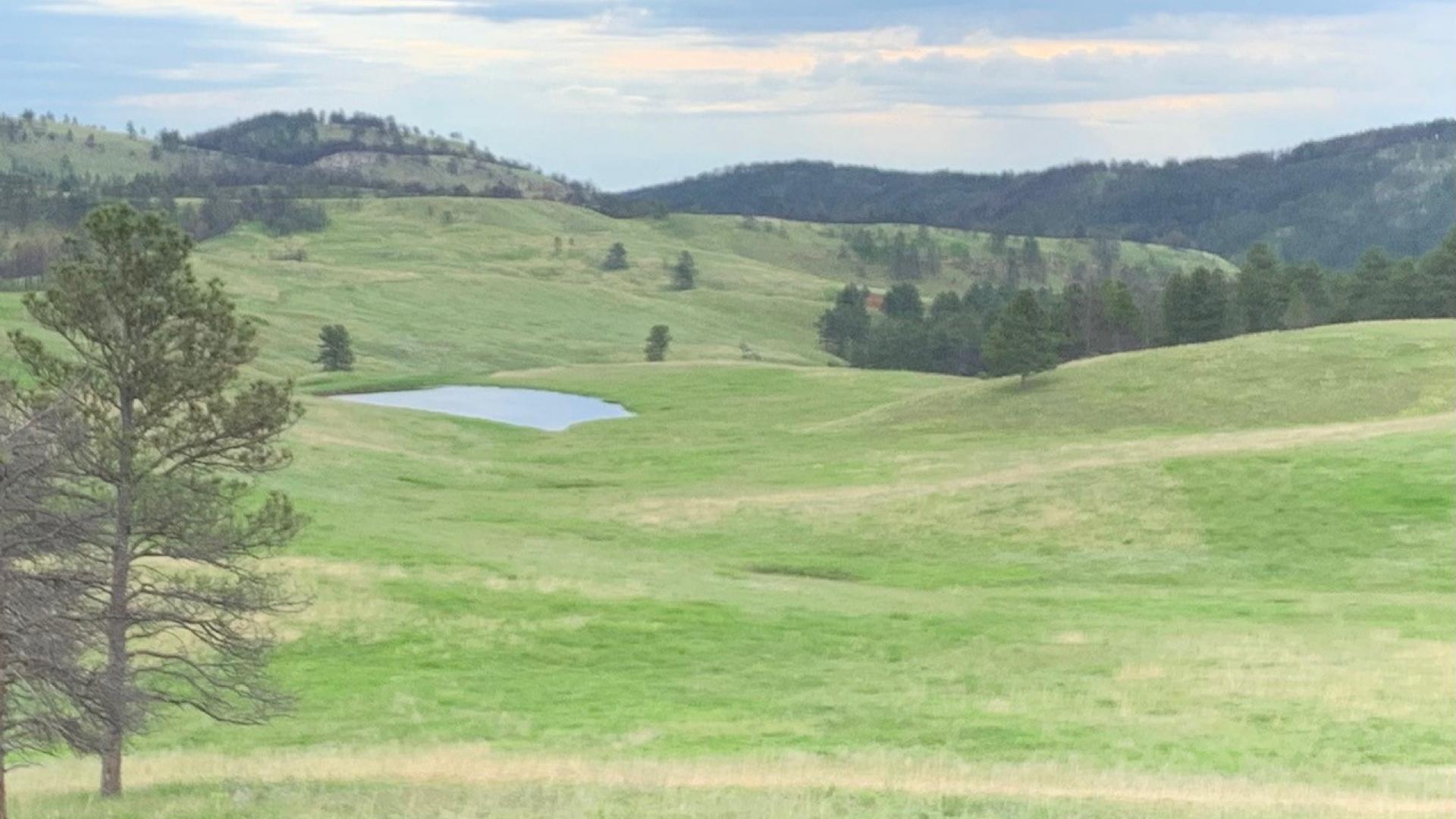
- Body
Overview
State trust lands are lands that were given to western states at the time of statehood for the purpose of generating revenue. While some states immediately sold most of their trust lands to raise funds, approximately 46 million acres remain across 23 of the lower 48 states. Most remaining state trust lands are concentrated in the nine western states: Arizona, Colorado, Idaho, Montana, New Mexico, Oregon, Utah, Washington, and Wyoming. Many states also own additional lands that they acquired through other means, such as wildlife management areas and parks, but these lands are not governed by trust mandates.
States are legally required to manage trust lands in perpetuity for the financial benefit of specific beneficiaries. Public schools are the designated beneficiary for majority of state trust lands, but a smaller portion of these lands also support universities, hospitals, and other public institutions. State trust lands earn revenues from a variety of activities, including timber harvesting, grazing, mineral extraction, and recreation, but most revenue is generated through sale of trust lands for development. Revenues from sales of land and extraction of non-renewable resources are invested to provide long-term interest income for the beneficiaries. It is this trust responsibility that sets state trust lands apart from other state and federal lands.
Videos
Colorado State Land Board Short Video
Check out this 90-second video that describes what we do and why we are proud of who we do it for!
Additional Links
Further Reading
- Culp et al. 2015. State Trust Lands in the West: Fiduciary duty in a changing landscape. Lincoln Institute of Land Policy.
- Fretwell, H., and Regan, S. 2015. Divided Lands: State vs. Federal Management in the West. Property and Environmental Research Center. Bozeman, Montana.
- Souder, J. A., and Fairfax, S. 1996. State Trust Lands: History, Management, and Sustainable Use. Development of Western Resources Series. University Press of Kansas.
- Culp, P., Conradi, D., and Tuell, C. 2005. Trust Lands in the American West: A Legal Overview and Policy Assessment. Lincoln Institute of Land Policy/Sonoran Institute.